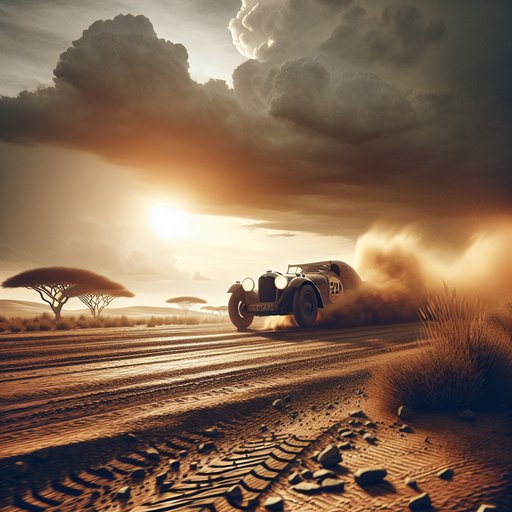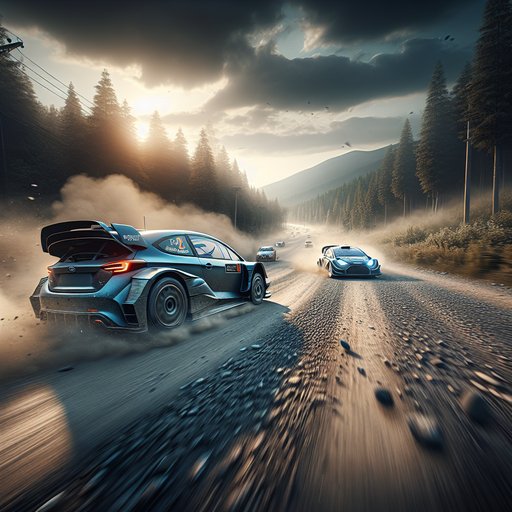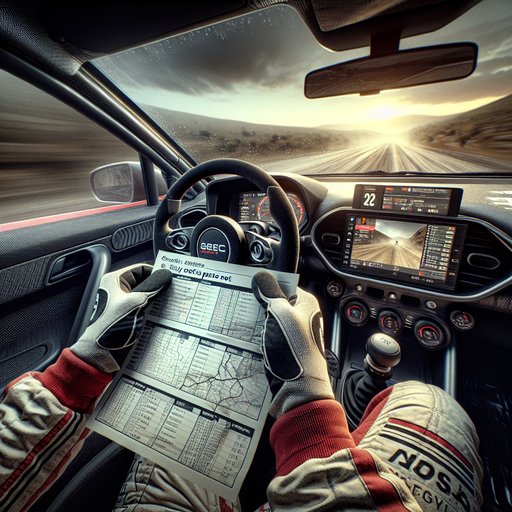
First run in 1911 to promote winter tourism in the Principality, the Rallye Monte-Carlo pairs Monaco’s polished image with demanding Alpine stages. It traditionally opens the WRC season on asphalt that can switch from dry to ice within a few kilometers, making tire choice, pace notes, and discipline as decisive as outright speed.

Born as the 1953 Coronation Safari and later a World Rally Championship classic, the Safari Rally forged its reputation by combining extreme distance, unpredictable weather, rough terrain, and minimal margin for error. It demanded durability from cars and relentless discipline from crews.

Ford re-energized its World Rally Championship presence through M-Sport, first with the Fiesta WRC under the 2017 rules reset and then with the hybrid Puma Rally1 from 2022. Their program has delivered landmark wins and championships while battling manufacturer heavyweights Toyota and Hyundai, plus Citroën before its exit in 2019.

Rally co-drivers are equal partners to drivers, responsible for navigation, timing, safety, and information flow at racing speeds on changing terrain. Their work begins days before the start, shaping how fast a crew can safely travel and how precisely they operate within the rules. The partnership’s effectiveness often decides wins, titles, and the difference between risk and margin.











